Beautiful Plants For Your Interior
Beautiful Plants For Your Interior

The best way to clean and maintain a hand saw is to regularly wipe down the blade with a cloth, and oil the blade after each use. Additionally, it's important to sharpen the blade regularly to ensure it remains sharp and efficient.

To prevent damage to a hand saw, store it in a dry, cool place away from any moisture or heat. Make sure to cover the blade with a protective sheath when not in use.
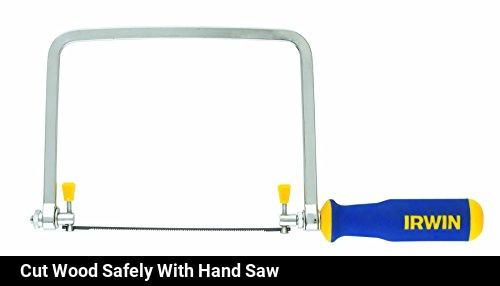
To safely cut a large piece of wood with a hand saw, use a straightedge guide to ensure a straight cut. Secure the wood in a vise to keep it stable. Use a saw with a sharp blade and a steady motion to make the cut. Wear safety goggles and gloves to protect your eyes and hands.
The proper way to start a cut with a hand saw is to make a pilot hole in the material you are cutting. Then insert the blade into the hole and slowly begin to guide the saw through the material.
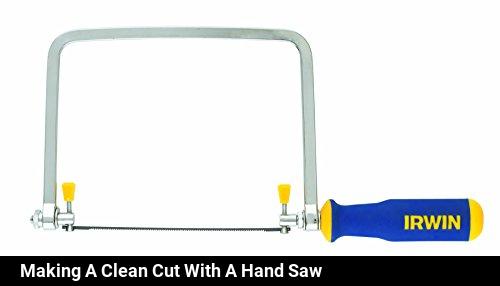
To make a clean and smooth cut with a hand saw, use a saw with sharp teeth, hold the saw straight and firmly, and saw slowly, applying steady pressure.
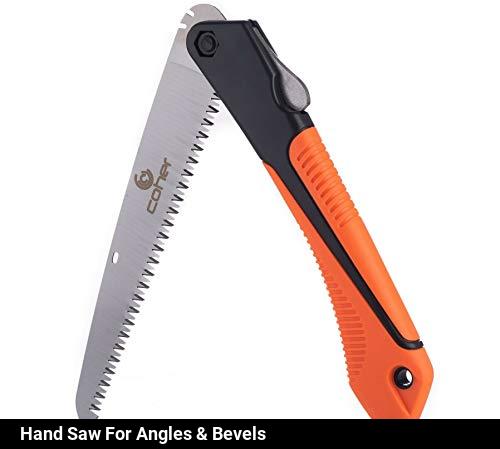
Yes, you can use a hand saw to cut angles or bevels. Be sure to use a saw with a thin blade to ensure accuracy and sharp angles.
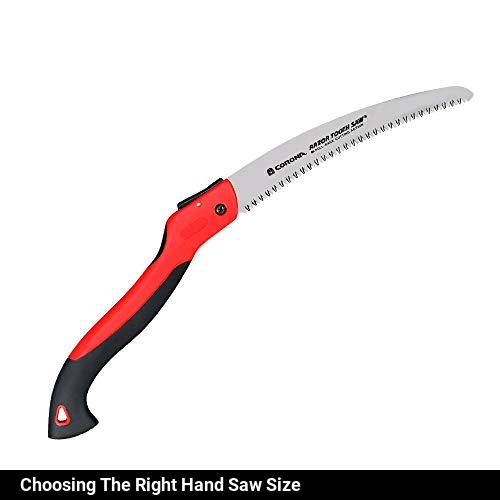
To choose the right size hand saw for your project, measure the thickness of your material and select a saw with a blade length that is at least 1/8" longer than the material's thickness.
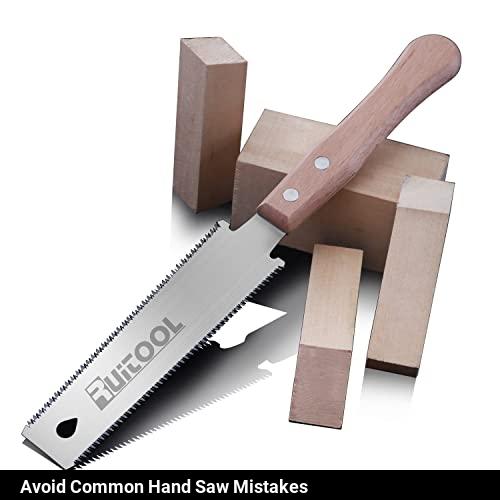
Common mistakes to avoid when using a hand saw include not pushing too hard, keeping the saw blade straight and stable, and not forcing the saw through the material. Additionally, always ensure the saw is sharp and use the right blade for the material being cut.
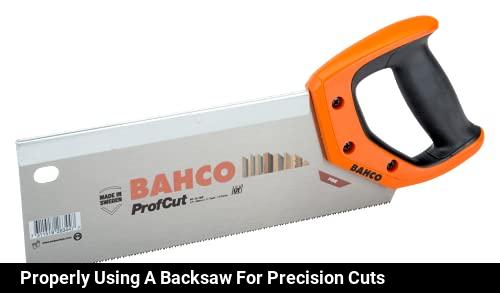
Use a backsaw to make precision cuts by firmly gripping the handle and saw blade and keeping the blade perpendicular to the material you are cutting. Use slow, steady strokes, pushing the blade away from your body.
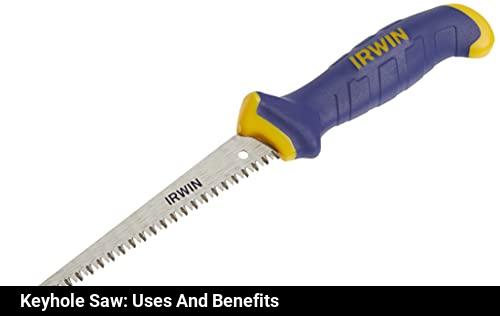
A keyhole saw is a small hand saw with a sharp pointed tip. It is used to make precise, narrow cuts in wood, walls, and other materials.